Dear All,
I have an issue concerning the use of “Double NeGative” (DNG) metamaterials. The issue regards the electromagnetic scattering of plane waves from DNG metamaterial cylinders
I firstly considered an indefinite (along the z axis), homogeneous cylinder having radius = 4lambda in the case of normally incident plane wave with TM polarization at f = 300MHz (see Fig. 1 in attached files). The cylinder is filled up with a DNG metamaterial having eps_r= -2.2, while mu_r<0 changes from case to case. An indefinite cylinder has been obtained with periodic boundary conditions.
The result from FEKO is compared with a cylindrical wave expansion (see “Normal Incidence Plane Wave Scattering by Conducting Circular Cylinder: TMzPolarization” – Advanced Engineering Electromagnetic, Constantine A. Balanis).
FEKO and the cylindrical wave expansion agree for mu_r =-1 (see Fig. 2) and for mu_r = -1.2 (see Fig. 3), while they disagree for mu_r= -1.3 and mu_r = -1.5 (see Fig. 4 and Fig. 5).
Please, find attached the related .cfx file and relative figures.
Thank you very much for any help.
<?xml version="1.0" encoding="UTF-8"?>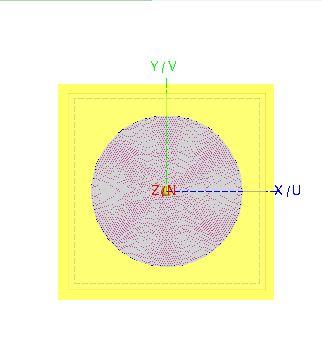
<?xml version="1.0" encoding="UTF-8"?>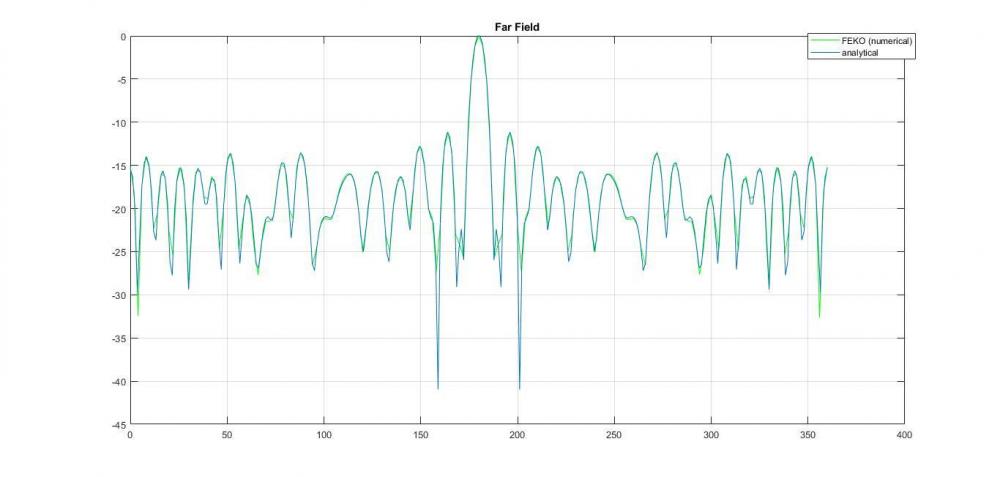
<?xml version="1.0" encoding="UTF-8"?>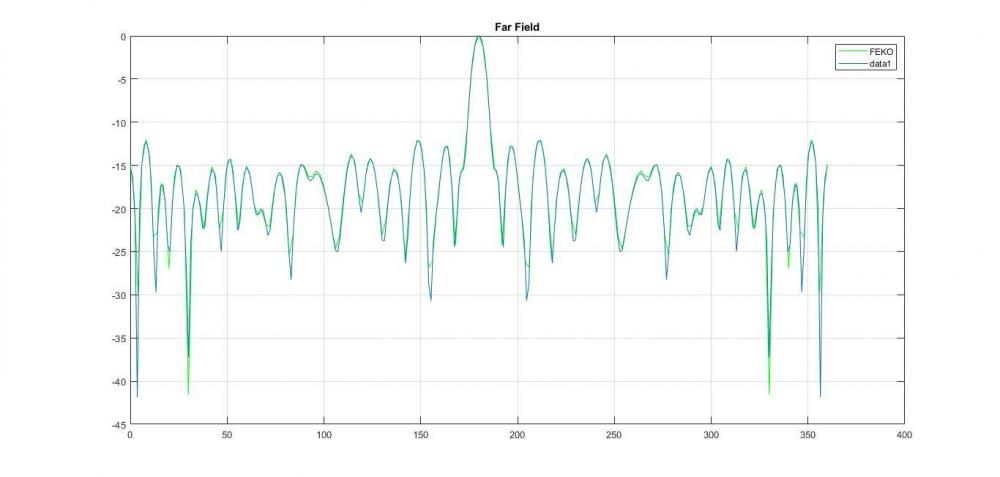
<?xml version="1.0" encoding="UTF-8"?>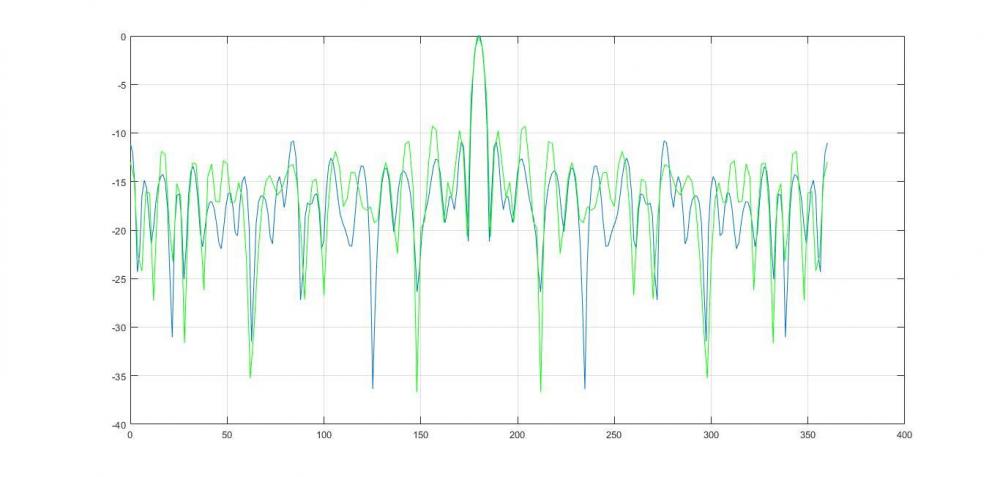
<?xml version="1.0" encoding="UTF-8"?>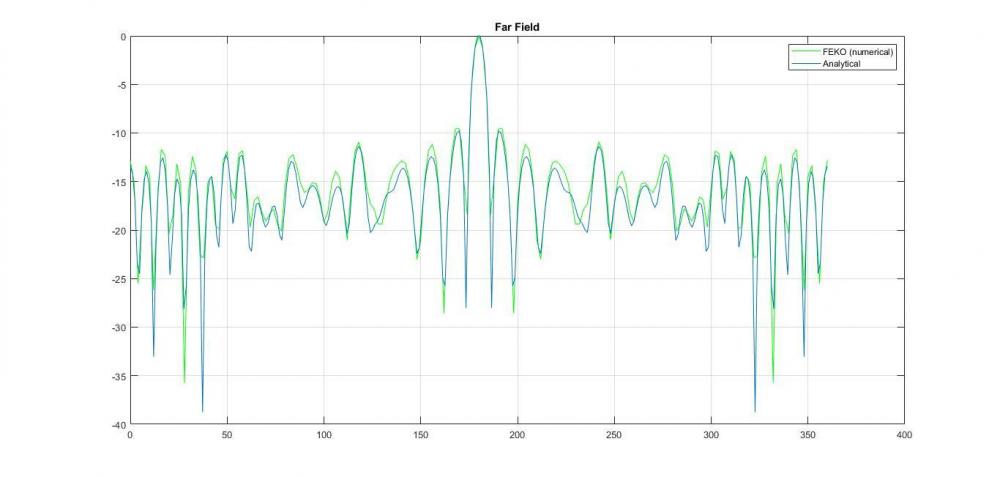
Unable to find an attachment - read this blog